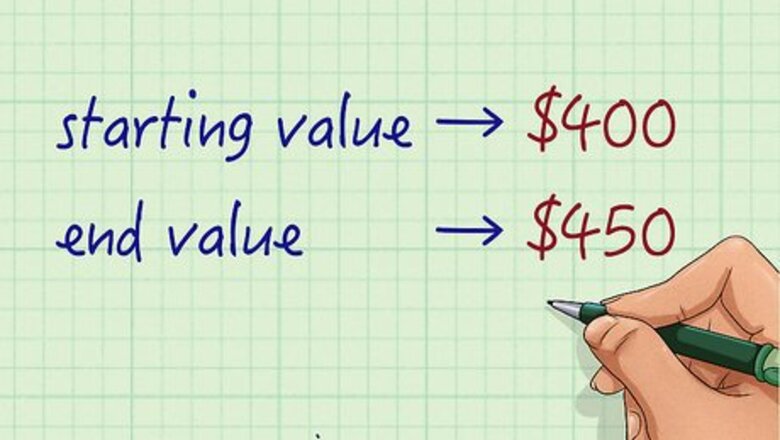
views
Calculating Percentage Increase
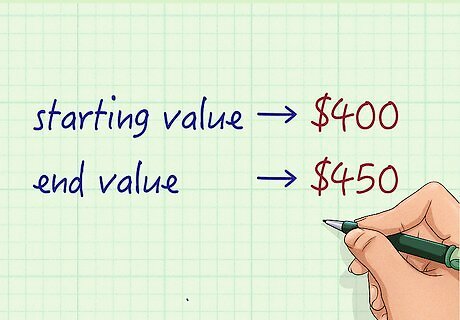
Write down the starting value and end value. For example, let's say your auto insurance premium just went up. Write down these values: Your car insurance premium was $400 before the increase. This is the starting value. After the increase, it costs $450. This is the end value.
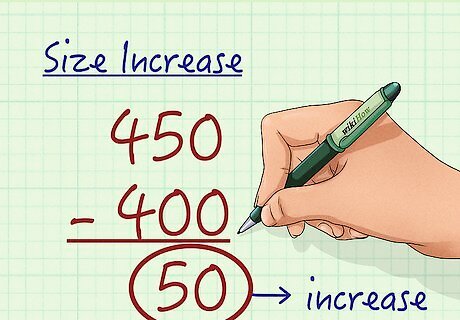
Find the size of the increase. Subtract the starting value from the end value to find the out how much it increased. We're still working with ordinary numbers at this point, not percentages. In our example, $450 - $400 = a $50 increase.
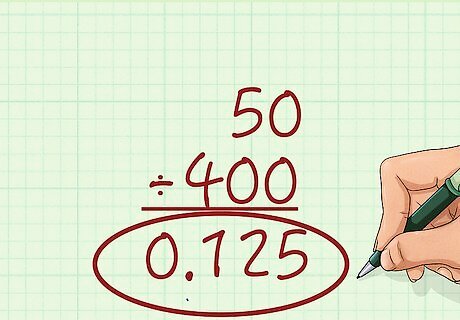
Divide the answer by the starting value. A percentage is just a special kind of fraction. For example, "5% of doctors" is quick way to write "5 out of 100 doctors." By dividing the answer by the starting value, we turn it into a fraction that compares the two values. In our example, / $400 = 0.125.
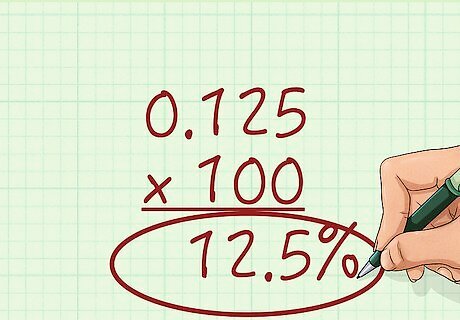
Multiply the result by 100. This converts your last result into a percentage. The final answer to our example is 0.125 x 100 = 12.5% increase in auto insurance premiums.
Alternate Method
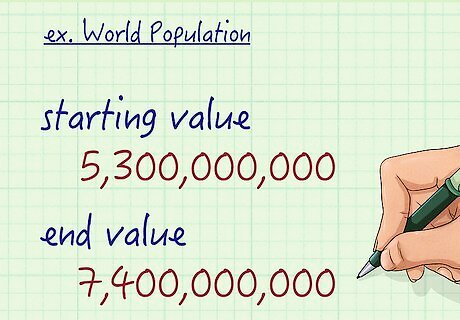
Write down the start value and end value. Let's start with a new example. The world population went from 5,300,000,000 people in 1990 to 7,400,000,000 in 2015. There's a trick to these problems with many zeroes. Instead of counting the zeroes each step of the way, we can rewrite these as 5.3 billion and 7.4 billion.

Divide the end value by the starting value. This will tell us how much bigger the end result is than the original. 7.4 billion ÷ 5.3 billion = about 1.4. We've rounded to two significant digits because that's how many there were in the original problem.
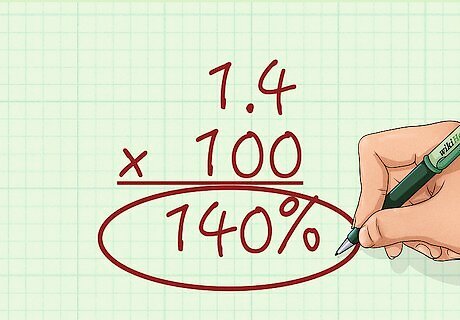
Multiply by 100. This will tell you the percentage comparison between the two values. If the value increased (instead of decreasing), your answer should always be larger than 100. 1.4 x 100 = 140%. This means the world population in 2015 is 140% the size of the population in 1990.

Subtract 100. In this kind of problem, "100%" is the size of the starting value. By subtracting this from our answer, we're left with just the percentage size of the increase. 140% - 100% = a 40% increase in population. This works because starting value + increase = end value. Rearrange the equation and we get increase = end value - starting value.















Comments
0 comment